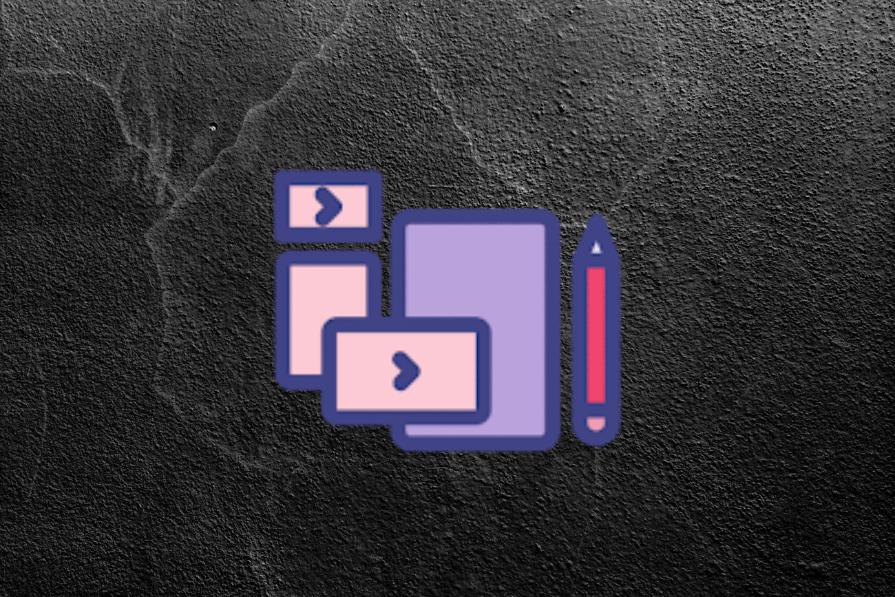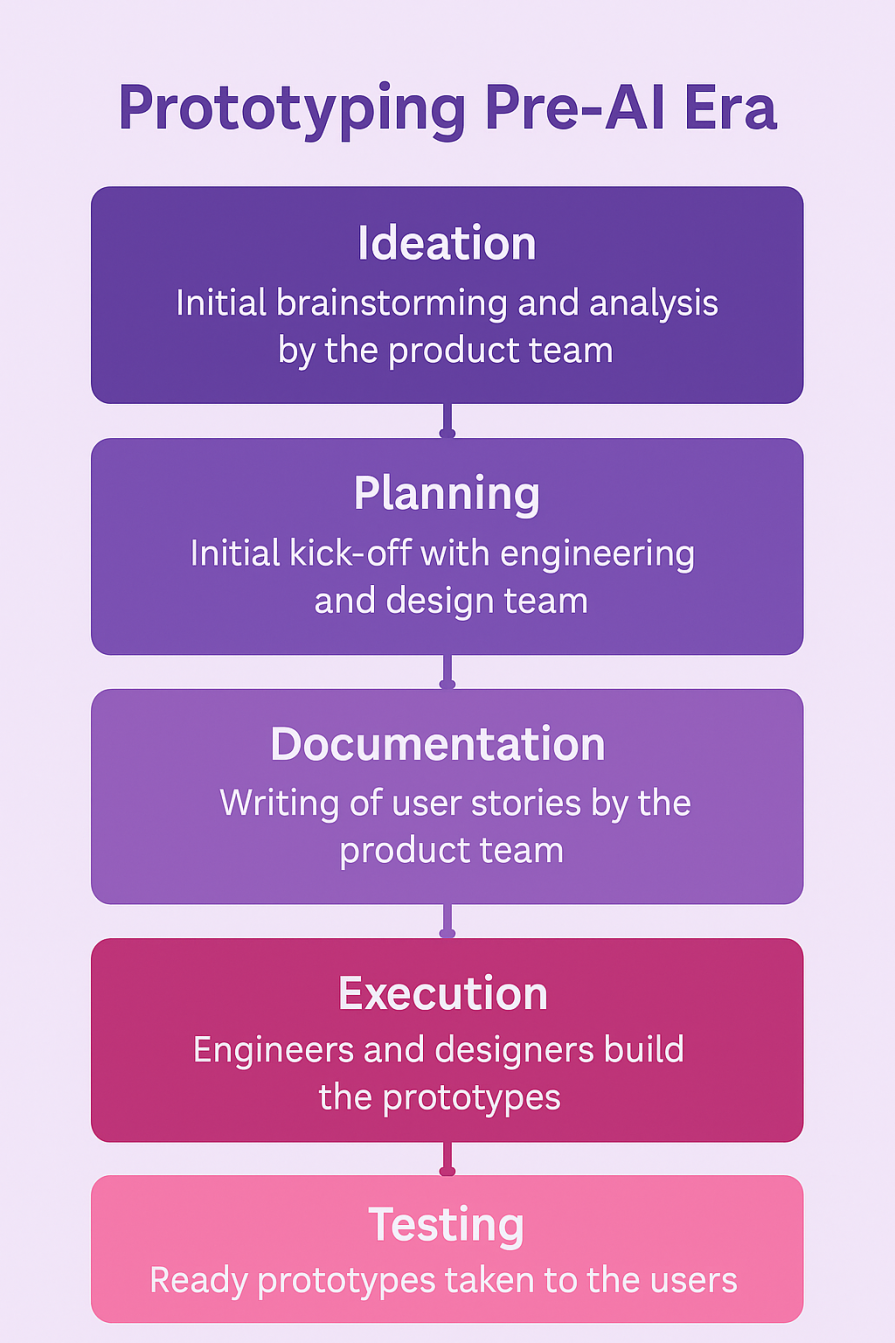Back when I worked at Zalando, a European ecommerce retailer, I kicked off the building of a new content management system that would serve 30 million daily active users. This was meant to replace an old content management system that had been in place since the inception of the company (10 years prior). The build involved more than 30 complex use-cases.

After a brief analysis, I determined it would take two months for the initial MVP. In practice, it took us four months — pretty much double the time originally allocated. This included talking to the users, understanding their pain points, building the MVP, and validating our early ideas.
Fast forward to 2025 where I kicked off yet another migration project for my client that was pretty similar to the content management system at Zalando. It probably wasn’t at the same scale, but it had similar complexities. However, this time, we built and tested the MVP in one month flat and with minimal cost.
The difference? On my second time around I made use of the prototyping tools available in the market.
You might’ve already heard about these prototyping tools. From Lovable to Cursor and replit to bolt, these tools are simple to use and can create simple prototypes in a few hours. More importantly, you don’t need to know coding. Just type prompts, and you’ll get a functional product.
But do they really serve their stated purpose? Are they easy to integrate into your team? And is the output ready-to-use? Keep reading to learn more.
Prototyping pre-AI era vs. prototyping now
One of the biggest changes to prototyping has been the rise of tools that leverage the power of AI to simplify the development process, reducing your dependency on engineers. To show the impact of the shift, this section outlines how I approached prototyping pre-AI and then compares it to now.
Prototyping in the pre-AI era

This was how I prototyped a few years back:
- Ideation — Initial brainstorming and analysis by the product team. This is where I used to come up with the goal of the prototyping, the target group, and what problems/hypotheses had to be tested
- Planning — An initial kick-off with the engineering and design team explained the details of the prototype and got an estimate of the work
- Documentation — This step required the product team to write user stories that included all the details of the prototype and how it should function
- Execution — This is where engineers and designers would build the prototypes, designers would design the wireframes, and engineers would code them
- Testing — Once the prototypes were ready, I would take them to the users to test
In my experience, depending on the complexity of the product, this could take from one to four months.
Problems with this approach:
- Delays because of engineering and/or design — Prototypes, in most cases, were always treated as full-fledged software. If something wasn’t per the requirement, long clarification meetings were needed that delayed the prototypes
- Endless iteration cycles — Even tweaking a small improvement would lead to long iteration cycles simply because it required interference from the engineering and design teams. This made it harder to pivot quickly based on early feedback. Sometimes we’d spend weeks iterating on an idea that ended up being irrelevant till the time it hit real users
- High cost of experimentation — Because designers, engineers, PMs, and customers were all involved in the prototypes, it was an expensive activity. This meant only highly confident ideas were prototyped, causing us to test fewer ideas
- PM bottlenecks — In trying to work with engineering and design, and quickly iterating ideas, most of the time, PMs become bottlenecks
Prototyping in the AI era

- Ideation — Initial brainstorming and analysis by the PM team
- Execution — Use tools like lovable, cursor, replit, etc., to build prototypes via prompts
- Testing — Test the prototypes with users
As you can see, AI streamlines the entire prototyping process into three quick steps by removing the barriers and delays that engineering and design can introduce. By using AI, you can take care of the process and iterate without having to commit costly resources to prototypes that ultimately don’t always pan out.
Advantages of prototyping with AI tools
When it comes to prototyping with AI tools, there are four key advantages:
- Speed — What used to take weeks and sometimes months can now be delivered in hours. This also means now the time to reach the customers is shorter, leading to more iterations and better results
- No coding knowledge necessary — This is the biggest advantage of AI tools. Not needing coding knowledge means that you’re not dependent on engineering and/or design. The prototypes can be created by writing textual prompts
- Less expensive — Since none of the engineering and/or design is included, building prototypes is less expensive. This way, you can experiment with more ideas as compared to prototyping without AI tools
- Shorter feedback loop — Since the prototypes can be changed in a few clicks, it’s easy for you to connect with the customers frequently
AI prototyping tools every PM must know
Now that you’ve seen the benefits of AI prototyping tools, the following table outlines some of the most popular ones alongside their pricing, use cases, and cons:
| Tool | Pricing | Best for | Cons |
| Lovable |
|
Non-technical PMs seeking quick, no-code MVPs and early-stage idea validation |
|
| Cursor |
|
Rapid prototyping of interactive flows with minimal coding; suitable for PMs comfortable with lightweight technical tools |
|
| Replit |
|
Technical PMs or teams needing full-stack prototypes, backend logic, and collaborative coding environments |
|
| Bolt |
|
Quick, no-code prototyping of basic flows and UI interactions; ideal for early-stage testing |
|
How to pick the best tool for your workflow
Consider the following key factors to choose the most suitable tool:
- Technical expertise — If you’re a non-technical PM like me, tools like Lovable and Bolt are easy to start with. For those comfortable with some coding, Cursor and Replit provide more flexibility and behind the scenes of coding
- Collaboration needs — If you want to use tools where you can collaborate with engineering, Cursor is a better choice. However, if you’re doing the prototype on your own, you can use Lovable and Bolt
- Budget constraints — Freemium tools like Lovable, Cursor, and Bolt are great for startups or individual PMs. On the other hand, Replit and Framer offer scalable pricing for growing teams
- Project complexity — For simple MVPs, Lovable and Bolt suffice. Complex projects requiring backend logic might benefit from Replit or Framer
The best tool will largely depend on what your needs are and what sort of prototype you want to create.
How I’m using AI prototyping tools as a PM
As I mentioned at the start of the blog, I led a migration project for a client that involved redesigning a fragmented internal dashboard used across three departments (sales, customer service, and operations). The goal was to unify the workflows, decrease complexity, reduce redundancies, and improve usability.
This was a good opportunity for me as a PM to try one of the AI tools and see how I could integrate it into my workflow. Instead of asking permission from the head of product and waiting for weeks for a design sprint or engineering bandwidth, I tried Lovable.
With Lovable, I created a functional MVP for the unified dashboard by using the following workflow:
- Prompt — “Design a web-based internal dashboard UI for a B2B logistics platform with three user roles:
- Support agent — Needs to access open tickets, SLA countdown timers, and escalation rules
- Operations manager — Needs to view real-time shipment tracking, flag delays over six hours, and manage warehouse tasks
- Finance analyst — Needs to review invoices, track payouts to partners, and reconcile transaction discrepancies
- Features:
- Role-based navigation with dynamic side menu
- Dashboard view with widgets specific to each role
- Ability to view and update records (tickets, shipments, invoices)
- Search and filter capabilities for all views
- Clean, enterprise-friendly design
- Output a clickable prototype I can use for stakeholder review
- Result — had to give more prompts to get a desired prototype, but I got a working prototype in less than 30 minutes
- Time saved — At least three weeks of design, plus front-end dev effort, including multiple meetings
- What worked well — The UI was surprisingly usable, and the prototype was clear enough to get feedback from real users the next day
- Lesson — The key was to use iterative and precise prompting. I realized the output was messy when the prompts were too vague
Tips and best practices for PMs starting with AI prototyping
I highly recommend trying all of the tools that I mentioned for a personal project before using them for your professional goals. I used Cursor to build a tool that gave me high-protein diet ideas. Even though I did not publish it, I got a very good understanding of how Cursor works.
I also used Lovable to create a tool for LinkedIn where I can preview my post in terms of how it would look after publishing. This is how I got used to these tools.
Not every tool will help you with prototypes. So, go through the cons of every tool before selecting one. Once the hypothesis is evaluated, you can handover the prototype to the design and engineering team to build a full-fledged product. Remember, these tools are only for simple prototypes.
Write clear prompts, or else you won’t get the desired output.
Lastly, these tools are in the nascent stage, so don’t be too confident in the prototyping process.
Final thoughts
We’re in a very interesting phase of technological development where it’s getting easier to build tools and software without the knowledge of coding. And this is not only true for product management but other professions as well.
It’s extremely important to understand how to use these tools and leverage them to your advantage. This also opens up some important questions about the involvement of engineering and design in the prototyping phase.
But as of now, we’re still in the early stages. Have you used any of these tools? How was your experience? Please feel free to comment below.
Featured image source: IconScout
The post How AI prototyping tools are changing PM workflows appeared first on LogRocket Blog.